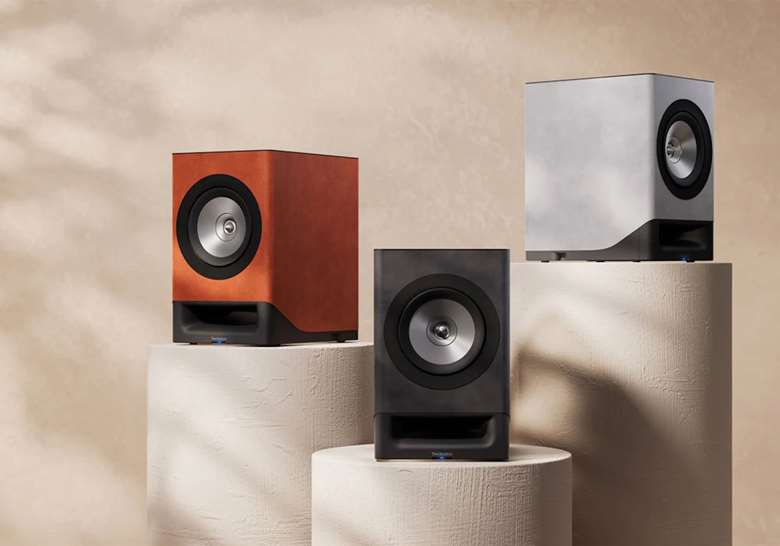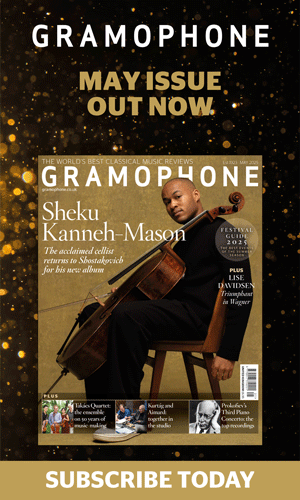Which are the right active loudspeakers for you?
Andrew Everard
Friday, January 3, 2025
Speakers with onboard amplification make plenty of sense if you want high performance without all the hi-fi clutter. Here are some recent arrivals

For many years, some audiophiles have favoured the idea of placing their amplification as close as possible to the speakers it’s driving: running long interconnects (usually balanced types to reject interference) between a preamplifier and power amplifier(s), and then short cables to the speakers, is popular in some markets, whereas in the UK long speaker cables seem to be favoured, keeping the interconnect runs as short as possible.
The advantages of active speakers are designed to build on the former thinking: by building the amplification into the speakers themselves, with dedicated amps for each section of the speaker fed from an active crossover, one can optimise the amplifier/driver interaction, rather than feeding a full-range signal to the speaker and allowing a passive crossover to sort out the distribution of frequencies. Thus the amplifier feeding delicate signals to the treble and midrange drivers won’t be swamped by the heftier bass signals, hopefully resulting in greater purity and definition.
Active speakers are nothing new – they’re often found in professional applications, connected straight to a mixing desk for monitoring – and now they’re becoming more popular in audiophile set-ups, too. Perhaps the reason they’re not written about more is that they don’t suit the needs of hi-fi reviewers, who need to assess amplifiers and speakers separately, but for ‘normal’ listeners this kind of set-up has definite advantages. And with the rise of network music playback, active speakers are becoming more widely available – and less esoteric – than once they were: not only can they be fed directly from network players with a variable output level, such as the Audiolab 9000N reviewed this month, but it’s also possible to buy networked speaker systems able to play music straight from online sources or local computer storage devices.
The recently-announced Technics SC-CX700, to be reviewed in these pages in the next couple of months, is a case in point: the company’s first wireless speaker system brings together many of the technologies developed since the Technics brand re-emerged around a decade ago, and puts them all in a relatively compact, but substantial, pair of bookshelf/standmount loudspeakers. Requiring just mains cables and a network connection – either Wi-Fi or Ethernet – this is a complete system in a pair of speakers, controlled by the Technics Audio Centre app to stream from online services or local storage. And to enhance that system appeal, it also has extended connectivity, including Bluetooth, a USB-Type B input for a computer, HDMI for TV sound and even a phono stage for a turntable.

Taking a simpler approach to active operation is the British-built PMC active twenty5i range of speakers, from a compact bookshelf design all the way up to mighty floorstanding model. Made possible by a modular active crossover/amplifiers board built into the rear of the speaker – and available as an upgrade for existing passive twenty5i speakers – the active range has no built-in networking, but it would be simple to drive it using a network player with variable-level output, such as the EverSolo DMP-A6 previously reviewed here, or indeed that Audiolab. PMC has extensive experience with active speakers in its professional operations, and it shows here in the striking performance gains when moving up from the passive versions of the speakers.

Another well-known British audio company plays its part in the Focal Diva Utopia active wireless speakers, the French company’s flagship design, which comes in an unusual grey felt finish, being powered by internal Naim amplification – total of 400W of it in each speaker. Network connected via Ethernet or Wi-Fi, the Diva Utopia can play from online or local sources as well as Bluetooth, and also has inputs for analogue and digital sources including TV sound via HDMI, all controlled by the Focal & Naim app.

The KEF LS60 floorstanding speakers have a similar concept, though in a rather more understated design – and at a much smaller price – than the Focals. The largest development to date of a design started with the wireless version of KEF’s LS50 speaker, they use the company’s celebrated UniQ drive unit, its treble driver at the centre of the midrange cone for precise imaging, and to back that up four side-firing bass drivers in each speaker, mounted in pairs back-to-back for vibration cancellation. A total of 600W of amplification is used in each of the slender towers, which are available in a range of striking finishes including a rather appealing Royal Blue.

Finally, for those wanting a classic wood finish and a pair of compact speakers, the Sonus faber Duetto is a two-way design driven by 350W of amplification per channel. Handmade in Italy, it offers a choice of graphite or walnut veneers, and has both Wi-Fi and conventional audio connectivity for that ‘complete system in a pair of speakers’ appeal. Usable on desktops, shelves or stands, it’s controlled via a dedicated app, or using the Senso touch panel, finished in leather, on the speakers’ top panel.







